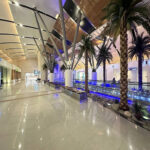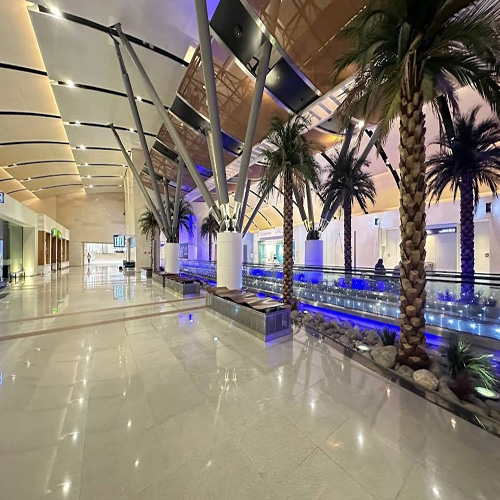A Comprehensive Analysis of Fuji Elevator Types and Their Applications in Regional Countries
Fuji Elevator, a global leader in the elevator industry, has established a significant presence in the regional market by offering high-quality products and advanced technologies. This paper examines the various types of Fuji elevators, their technical features, advantages, and applications in different projects across regional countries. Additionally, it analyzes the challenges and opportunities in this market, as well as Fuji’s strategies for maintaining a successful presence in the region.
Introduction:
Countries in the region, driven by rapid economic growth and urban development, have seen an increasing demand for vertical transportation systems such as elevators. Fuji, leveraging cutting-edge technologies and international standards, has secured a notable share of this market. This paper explores the types of Fuji elevators and their applications in the region.
Types of Fuji Elevators:
- Passenger Elevators:
- Features: Modern design, low energy consumption, high speed and capacity, advanced safety systems.
- Applications: Residential towers, hotels, commercial centers, airports.
- Example: Widely used in towers in Dubai and Abu Dhabi.
- Freight Elevators:
- Features: High load capacity, robust construction, advanced control systems.
- Applications: Warehouses, factories, logistics centers.
- Example: Utilized in distribution centers in Qatar and Oman.
- Hospital Elevators:
- Features: Hygienic design, smooth and quiet operation, reliable emergency systems.
- Applications: Hospitals, medical centers.
- Example: Installed in advanced hospitals in Saudi Arabia.
- Panoramic Elevators:
- Features: Glass walls, wide views, luxurious design.
- Applications: Luxury hotels, commercial centers, iconic towers.
- Example: Used in the Burj Khalifa in Dubai.
- Hydraulic Elevators:
- Features: Easy installation, low maintenance costs, suitable for low-rise buildings.
- Applications: Villas, small office buildings.
- Example: Deployed in residential projects in Bahrain
Advanced Technologies in Fuji Elevators:
- Smart Control Systems: Reduced waiting times, optimized energy consumption.
- Advanced Safety Systems: Emergency brakes, overload detection sensors.
- Energy-Efficient Technologies: High-efficiency motors, energy recovery systems.
Challenges and Opportunities:
- Challenges: Intense competition, economic fluctuations, need for prompt and efficient after-sales services.
- Opportunities: Rapid market growth, large-scale infrastructure projects, increasing demand for smart and sustainable elevators.
Conclusion:
Fuji elevators, combining advanced technologies and diverse designs, have secured a strong position in the regional market. Given the region’s rapid growth and increasing demand for vertical transportation systems, Fuji can further enhance its market share through continued innovation and high-qu



